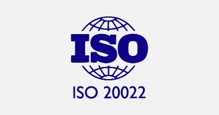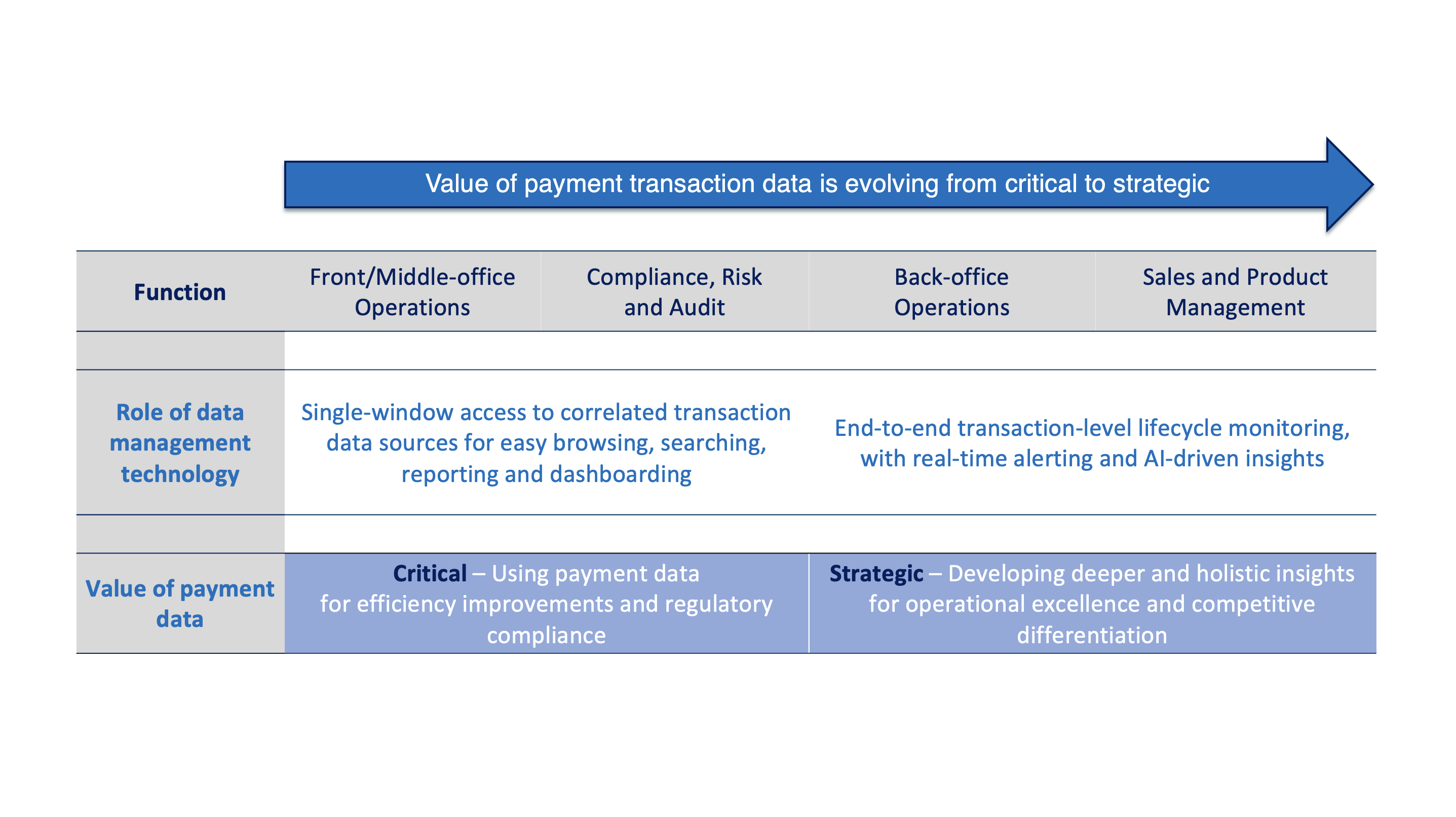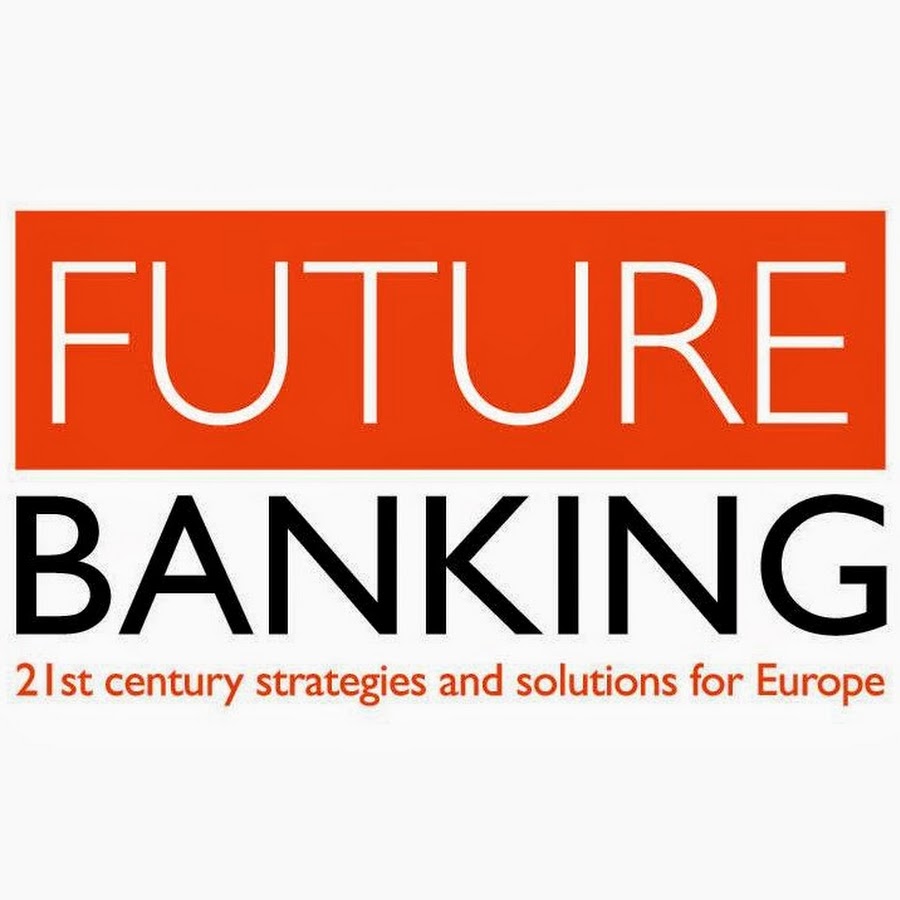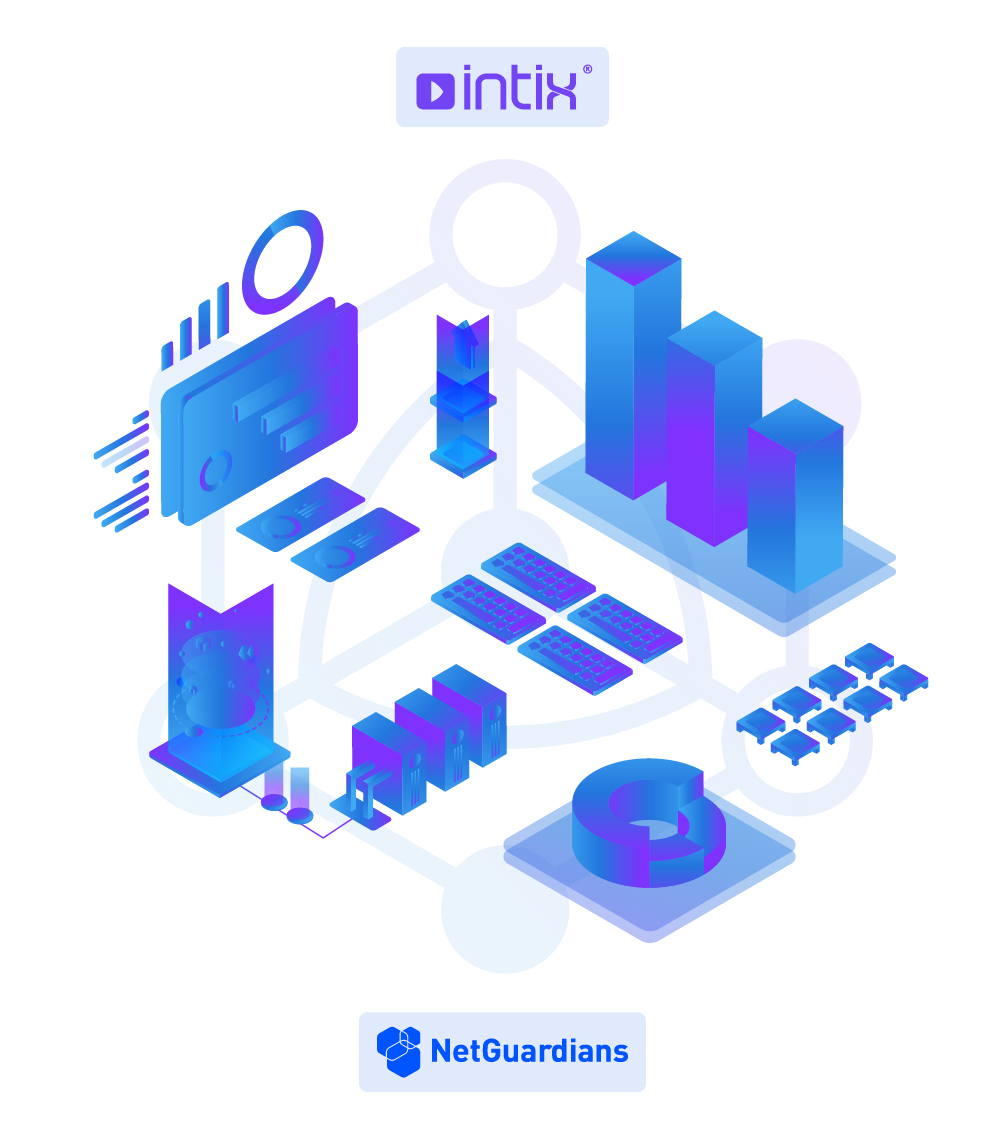Is your data house in order?
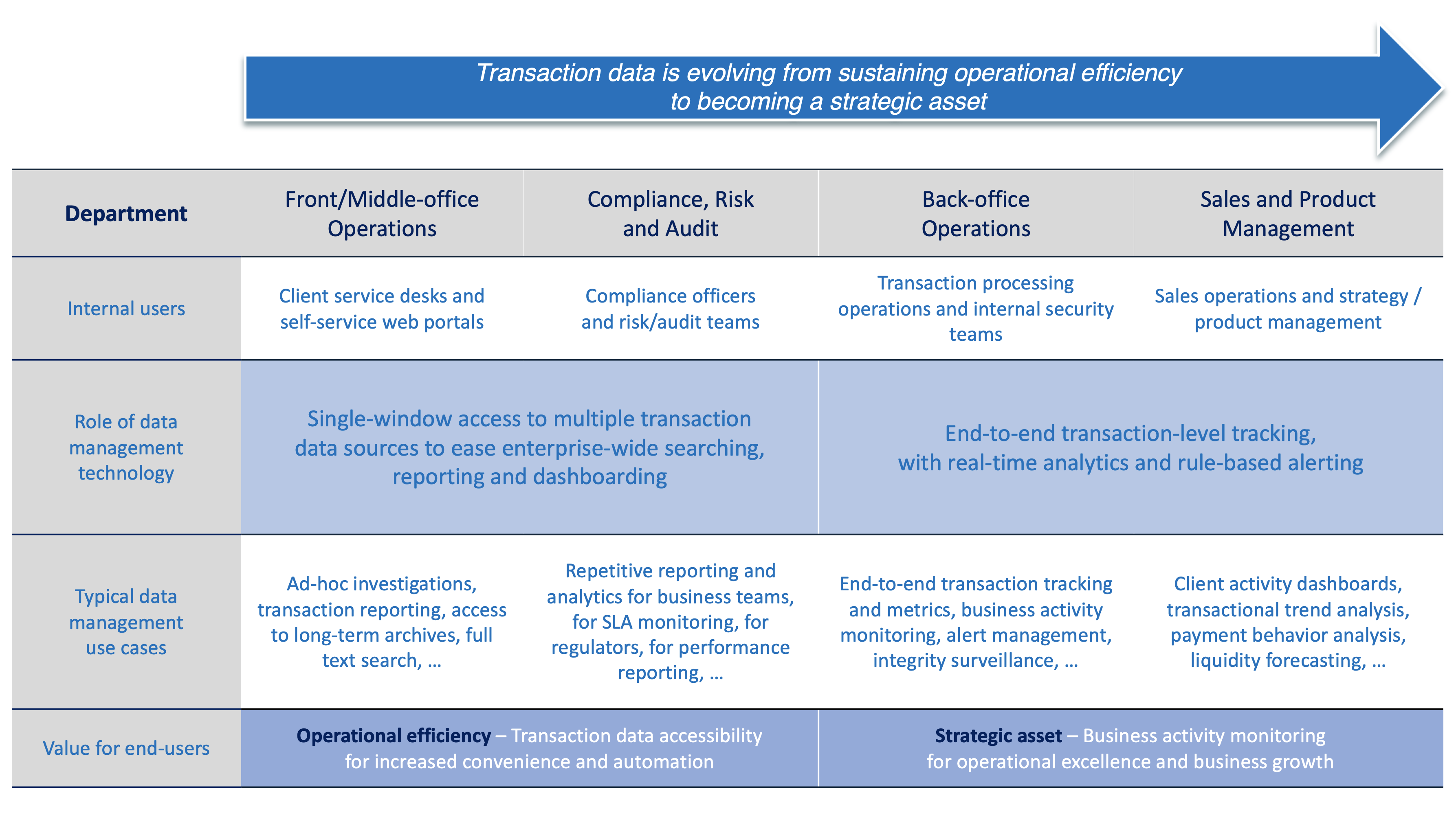
Long considered a pure technical function, archiving transaction data was a topic for the IT people to take care of. The need to access those archives was fairly limited and mostly linked to ad-hoc operational needs. Over the last decade though, regulatory requirements increased the importance of this function, and accessing transaction archives suddenly got on the compliance officers’ priority list. Subsequently, the need for on-line access to transaction data – whether archived or in production – emerged.
“Accessing transaction data is critical for client service and compliance teams, and it is becoming strategic as more automated processes rely on transaction details to support both operational and market-level decision making”, André Casterman, Intix
This ability is now raising even more interest within financial institutions as it holds the key to unlock the power of automated processes such as those enabled by advanced transaction-level analytics. Are your transaction data sources accessible? Are you ready to feed automated processes with all expected transaction details?
“Forget about further automating and differentiating your banking services if you can’t access transaction details”, André Casterman, Intix
Accessing transaction data is critical for operational efficiency
Accessing transaction details has always been a requirement expressed by front-office operations people to help them handle client requests. More recently, as a consequence of regulatory requirements, compliance teams have voiced similar needs as they carry out ad-hoc investigations on past and on-going transactions. The regulatory mandates (e.g., BCBS 239) have indeed made effective information management no longer optional. Accessing transactions quickly got flagged by compliance teams as critical.
“Many banks continue to face technical issues related to data visibility that full compliance requires. Also, a siloed approach to data management raises non-compliance risks”, André Casterman, Intix
For both client service teams and compliance teams, access to transaction data is sustaining operational efficiency goals, and there is more on the data horizon.
Accessing transaction data is becoming strategic for competitive advantage
The emergence of real-time analytics have further increased the value offered by transaction data. Advanced use cases for back-office operations include transaction tracking, business activity monitoring, real-time rule-based alerting and integrity surveillance. For sales and product teams, access to aggregated analytics and granular transactions help increase insights into client activities and feeds key processes such as credit management and liquidity forecasting. Access to transaction data is becoming strategic here as use cases underpin competitive differentiators such as operational excellence and business insights.
Big data and advanced analytics represent a new frontier for competitive differentiation. McKinsey & Company
As reported by Mc Kinsey & Company, “For most [non-financial and financial] companies, using data for competitive advantage requires a significant data management overhaul. That includes identifying and assessing the value of existing data, designing a scalable data platform, and developing a long-term data strategy to help the organization achieve impact at scale. It also takes sustained commitment on the part of management, a willingness to make the up-front investment needed, as well as skilled advisers with the experience and technical resources to help organisations design and implement their programs.”
The evolution of transaction data related needs and the growth of its value is depicted below:
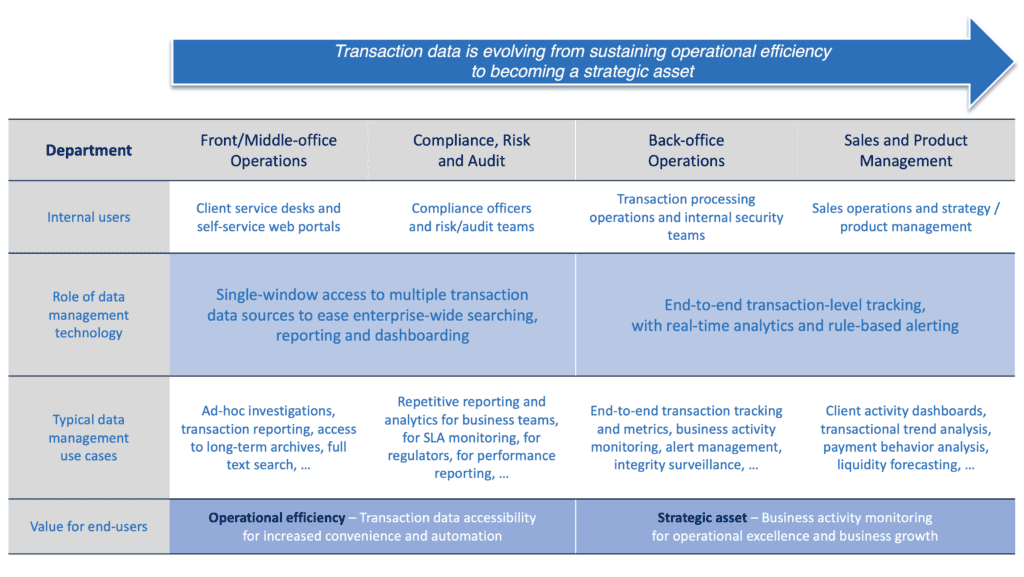
Intix makes your transaction data accessible and actionable
Whether transaction data is spread in dozens of internal systems or centralised, Intix makes it accessible and actionable. Acting as a fintech dedicated to making financial transaction data accessible and actionable for any financial institution, Intix plugs onto existing transaction processing systems in a non-intrusive way, so as to minimise technical impact. Transaction data can then be actioned by Intix for e.g., business activity morning and transaction-level monitoring as well as for searching, reporting, measuring; or data can be shared via API to 3rd party processes that the financial institution has selected to address very specific functions (e.g., transaction-level credit scoring, transaction compliance).
Whatever one’s business, the realities of today’s marketplace mean that those with the best data systems and capabilities will win — and by an increasingly outsize margin. McKinsey & Company

